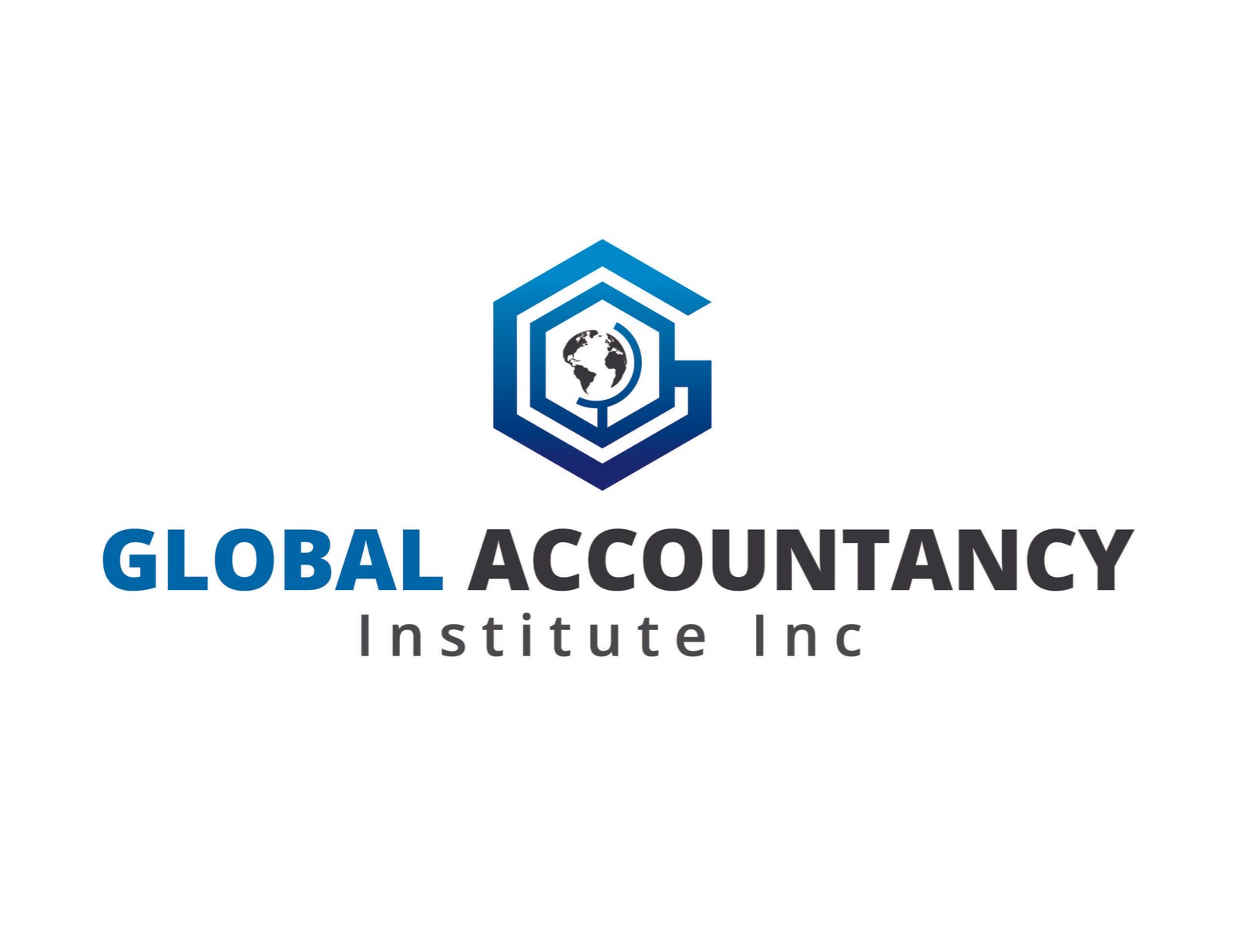5. Real Estate
Definition and Overview:
Real estate involves the ownership, purchase, and sale of land and buildings. It encompasses residential, commercial, and industrial properties and is a tangible asset class that can generate income through rent and capital appreciation.
Key Characteristics:
- Tangible Asset: Real estate is a physical asset that investors can see and touch.
- Potential for Appreciation: Property values can increase over time due to factors such as location, development, and economic conditions.
- Income Generation: Real estate can provide regular income through rental payments.
- Leverage: Investors can use borrowed funds to purchase real estate, potentially amplifying returns.
- Illiquidity: Real estate transactions can take time, making it less liquid compared to other asset classes.
Types and Examples:
- Residential Properties: Single-family homes, condominiums, apartments, and multi-family housing. Example: Rental apartments in New York City.
- Commercial Properties: Office buildings, retail spaces, hotels, and shopping centers. Example: Office buildings in downtown San Francisco.
- Industrial Properties: Warehouses, factories, and distribution centers. Example: Amazon fulfillment centers.
- Real Estate Investment Trusts (REITs): Companies that own, operate, or finance income-producing real estate, allowing investors to buy shares and earn a portion of the income. Example: Simon Property Group, a large retail REIT.
Advantages and Disadvantages:
- Advantages:
- Income Generation: Rental income can provide a steady cash flow.
- Appreciation Potential: Properties can increase in value over time.
- Diversification: Real estate adds diversification to an investment portfolio.
- Tax Benefits: Investors may benefit from tax deductions on mortgage interest, property taxes, and depreciation.
- Disadvantages:
- Illiquidity: Real estate transactions are time-consuming and can be costly.
- High Transaction Costs: Buying and selling properties involves significant costs, including commissions, closing costs, and taxes.
- Property Management: Managing rental properties can be time-consuming and requires expertise.
- Market Risk: Property values can decline due to economic downturns or changes in market conditions.
Investment Strategies:
- Buy and Hold: Purchasing properties to generate rental income and benefit from long-term appreciation.
- Flipping: Buying undervalued properties, renovating them, and selling them for a profit in a short period.
- Investing in REITs: Buying shares in REITs to gain exposure to real estate without the need to manage properties directly.
- Real Estate Crowdfunding: Participating in real estate projects through online platforms, pooling funds with other investors.
Practical Examples and Case Studies:
- Residential Real Estate Investment: Analyzing the performance of rental properties in major cities, focusing on factors such as location, rental yield, and property appreciation.
- Commercial Real Estate Development: Examining the development and profitability of commercial properties, such as office buildings and shopping centers, in urban areas.
- REITs Case Study: Evaluating the benefits and risks of investing in REITs, with a focus on a specific REIT like Simon Property Group, and its performance over time.
Conclusion of the Real Estate Section
Real estate is a tangible and versatile asset class that can provide income, appreciation, and diversification benefits. Understanding the various types of real estate, along with the advantages and disadvantages of investing in this asset class, can help investors make informed decisions and develop effective investment strategies.
